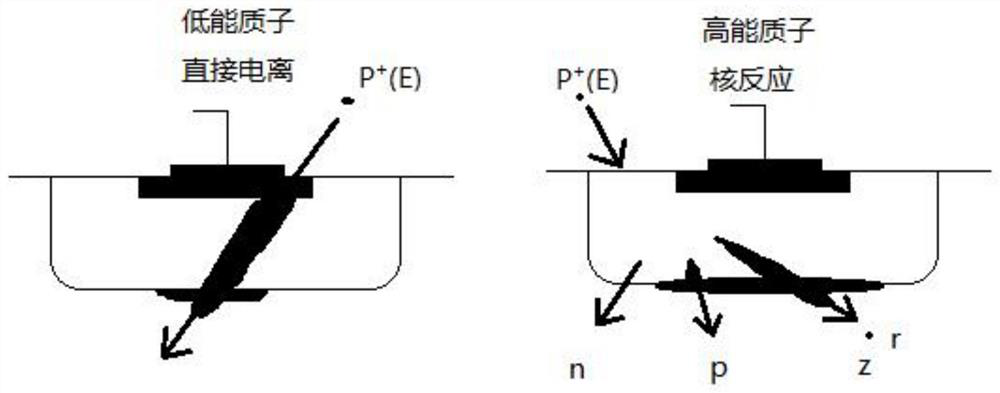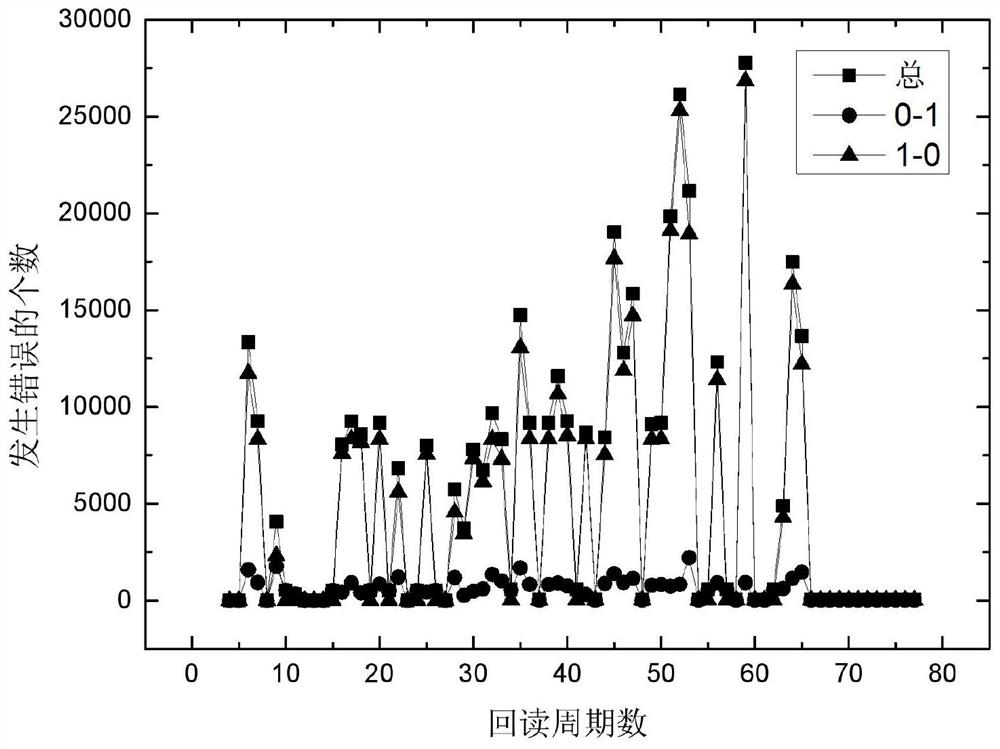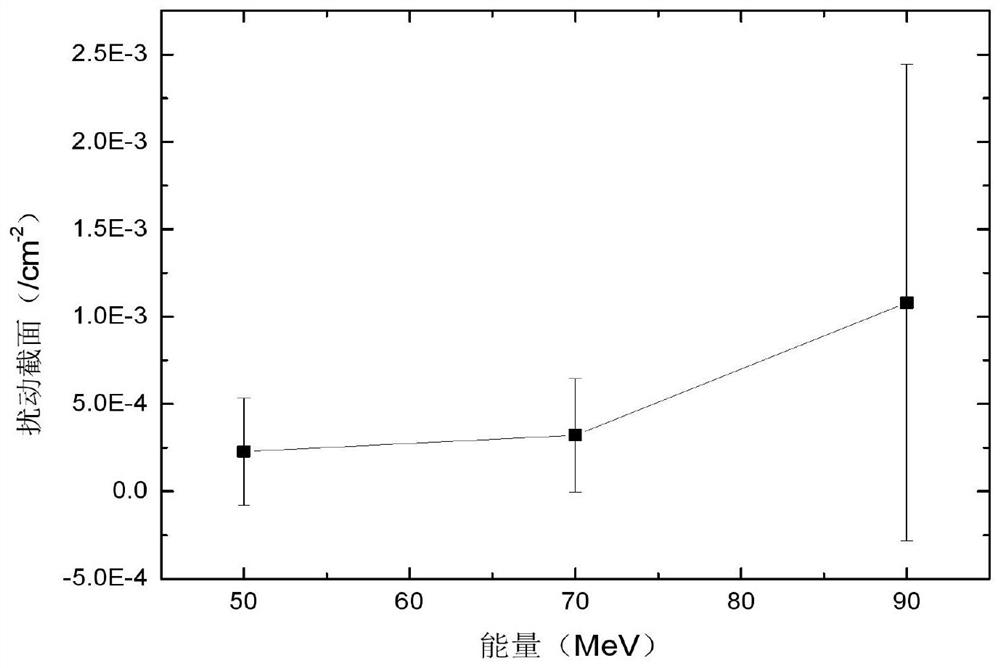A test method for detecting memory single event disturbance using proton as radiation source
A test method and memory technology, applied in static memory, instruments, etc., can solve the problem that there are not many research results of proton single event effect.
Active Publication Date: 2021-04-02
XIANGTAN UNIV
View PDF3 Cites 0 Cited by
- Summary
- Abstract
- Description
- Claims
- Application Information
AI Technical Summary
Problems solved by technology
However, due to the absence of high-energy proton accelerators in China, there are not many research results on proton single event effects in China.
Method used
the structure of the environmentally friendly knitted fabric provided by the present invention; figure 2 Flow chart of the yarn wrapping machine for environmentally friendly knitted fabrics and storage devices; image 3 Is the parameter map of the yarn covering machine
View moreImage
Smart Image Click on the blue labels to locate them in the text.
Smart ImageViewing Examples
Examples
Experimental program
Comparison scheme
Effect test
Embodiment 1
[0066] See attached figure 2 , attached image 3 and attached Figure 4 , the present invention discloses a test method for detecting single-event disturbances in memory using protons as a radiation source. The detailed operation process is as follows:
the structure of the environmentally friendly knitted fabric provided by the present invention; figure 2 Flow chart of the yarn wrapping machine for environmentally friendly knitted fabrics and storage devices; image 3 Is the parameter map of the yarn covering machine
Login to View More PUM
 Login to View More
Login to View More Abstract
The invention discloses a test method for detecting single particle disturbance of memories by taking protons as a radiation source. The method comprises the following steps of selecting memory samples; performing power-on total parameter testing on the selected memory samples to verify functions of the memory samples; selecting proton beams with certain energy and fluence rates on a medium and high-energy proton accelerator; connecting the memories and a circuit board well, and performing power-on testing again; filling all the memories with data; backwards reading the data from the memories,and turning on the proton beams meeting the requirements when a test system is stable, thereby performing irradiation on the single memory; and moving the subsequent memories to the beam output positions of the beams in sequence, and replacing the energy of the proton beams, until all energy points are tested. The single particle disturbance effect is detected by taking the protons as the radiation source; compared with other radiation sources, the protons are more reliable, simpler and more convenient; and the data extraction accuracy is ensured while the efficiency is improved.
Description
technical field [0001] The invention relates to the technical field of single-event disturbance testing, in particular to a test method for detecting single-event disturbance of a storage device using protons as a radiation source. Background technique [0002] In the field of aerospace, more and more memories are applied to satellites, spacecraft, and aircraft. Due to its special working environment, the memory has to face the radiation of various particles and rays, resulting in various failure phenomena. With the development of science and technology, memory is developing towards higher and higher integration. Recent studies have shown that the impact of a single particle on memory becomes more and more obvious with the increase of integration, and this trend becomes more and more more serious. [0003] Single-event disturbance is one of the single-event effects. It is due to the single charged particle incident into the memory, in the track of the particle incident sem...
Claims
the structure of the environmentally friendly knitted fabric provided by the present invention; figure 2 Flow chart of the yarn wrapping machine for environmentally friendly knitted fabrics and storage devices; image 3 Is the parameter map of the yarn covering machine
Login to View More Application Information
Patent Timeline
 Login to View More
Login to View More Patent Type & Authority Patents(China)
IPC IPC(8): G11C29/56
CPCG11C29/56016
Inventor 郭红霞琚安安张凤祁欧阳晓平魏佳男潘霄宇郭维新钟向丽罗尹虹丁李利王坦张阳秦丽李波
Owner XIANGTAN UNIV
Features
- R&D
- Intellectual Property
- Life Sciences
- Materials
- Tech Scout
Why Patsnap Eureka
- Unparalleled Data Quality
- Higher Quality Content
- 60% Fewer Hallucinations
Social media
Patsnap Eureka Blog
Learn More Browse by: Latest US Patents, China's latest patents, Technical Efficacy Thesaurus, Application Domain, Technology Topic, Popular Technical Reports.
© 2025 PatSnap. All rights reserved.Legal|Privacy policy|Modern Slavery Act Transparency Statement|Sitemap|About US| Contact US: help@patsnap.com



